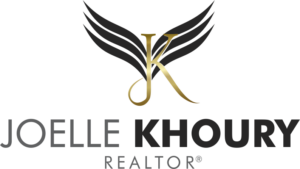Introduction
Homes come in every size, style and price range. Knowing what you can afford at the beginning of your search saves you time and disappointment later on.
First Affordability Rule
Lenders such as banks and trust companies allow you to spend approximately 32%* of your gross monthly income on housing costs (including property taxes, heating and, if applicable, 50% of condominium fees. The ratio of debt to income is referred to as the Gross Debt Service ratio or GDS.
Second Affordability Rule
The second affordability rule is that your entire monthly debt load shouldn’t be more that 40% of your gross monthly income. This includes housing costs and other debts, such as car loans and credit card payments. Lenders add up these debts to determine what percentage they are of your gross household monthly income. This is your Total Debt Service (TDS) ratio.
PRE-APPROVAL
It is important to be qualified or pre-approved for financing before you start looking for a home. This lets you and your agent know what you can afford as well as providing a written confirmation or certificate for a fixed interest rate good for a specific period of time. To obtain pre-approval, contact your agent or mortgage broker. The benefit of a mortgage broker is that he or she operates independently of the lender and therefore can assist you in finding the best financial product at the best rate from a variety of sources and usually at no expense to you.
CONVENTIONAL MORTGAGES
The maximum amount of conventional mortgage is 80% of the purchase price. The amortization or length of time in which to repay the loan is usually 25 years. The term of the mortgage is the number of months or years, usually six months to five years, for which the rate of interest is set.
HIGH RATIO MORTGAGES
For most people the hardest part of buying a home – especially the first one – is saving for the necessary down payment. With mortgage loan insurance, you can put as little as 5% down. Mortgage loan insurance, protects the Lender and, by law most Canadian lending institutions require it. The cost of high ratio mortgage loan insurance is in the form of a premium. The premium is calculated as a percentage of the principal and can be paid in a single lump sum or be added to your mortgage and included in your monthly payments.
USING YOUR RRSP TO PURCHASE A HOME
This program allows each RRSP plan holder to borrow up to $25,000 from the plan to use toward the down payment of a home. Couples with separate plans can borrow up to $25,000 each to a total of $50,000. Home buyers using this program have up to fifteen years to return the monies, interest free, to their RRSP. Using these funds towards the purchase of a home does not deregister the plan unless the monies are not returned as agreed, thereby allowing participants to retain the tax advantages the RRSP offers.

